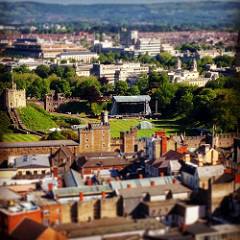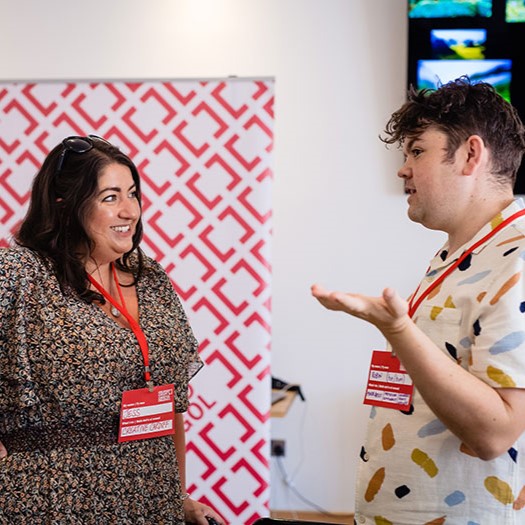Diminutive, dynamic, and diverse, Cardiff thrives as the capital city of Wales. It is the seat of the devolved Welsh government, the country’s principal commercial centre, and is home to its national media. Cardiff is a thriving city reborn for the new millennium following a series of major, post-industrial investments in its infrastructure, including Cardiff Bay, the Wales Millennium Centre, and the cathedral to the national sport of rugby that is the Millennium Stadium.
With a population of 350,000 (and a wider city region of 1.4m people –nearly half of Wales’ entire population), it’s also one of the UK’s fastest growing cities. An impressive further growth of 26% is expected over the next 20 years.

Cardiff is a friendly place that welcomes newcomers attracted by its low living costs, high employment rates, and great quality of life. It’s the closest European capital to London (two hours by train), and has two international airports less than an hour away, opening the city up to the world. It boasts a scenic coastal location in South East Wales, less than an hour from the spectacular upland beauty of the Brecon Beacons National Park. All this, and the fact that Cardiff has more green space per person than any other UK core city, has gained it recognition as the best place to live in the UK (insert link to 2014 European Commission sponsored Urban Audit).
While its origins may reach further back than the Romans who built its (much added to) castle, Cardiff remained little more than a small market town until the 19th century, rapidly growing in size and prominence thanks to the black stuff. Coal export and industrialisation meant that by the start of the 20th century Cardiff’s docks saw more traffic than New York. Not bad for a place that just a century before had only 6,000 inhabitants!
As Cardiff exported raw materials so it imported people, with as many arriving through the port as from the hillsides. As one of the oldest multi-cultural neighborhoods in Britain, 45 different nationalities could be found in the tightly packed dockside houses of Butetown and Tiger Bay, including some of the earliest Yemeni and Somali communities in Britain. These communities have enriched the variety of culture available in the city and demonstrate its ability to transcend borders in its creative vision.
Cardiff has become a melting pot of cultural identities, and today 94 languages are spoken across the city. The national tongue, Welsh, enjoys official and equal status to English, with 11% of Cardiffians able to siarad Cymraeg (speak Welsh), and this number will grow as increasing numbers of children learn the language in school as a core part of the curriculum. Regardless of mother tongue, the distinct local accent remains the same. We calls it Kairrdiff, see.

Cardiff has made its mark on the world in various ways. Famous Cardiffians include celebrated composer and actor Ivor Novello, one of the early 20th century’s best-loved British stars, as well as best-selling author and children’s favourite, Roald Dahl. Though the name has sadly fallen out of use, Tiger Bay is perhaps most famous as the birthplace of singer Dame Shirley Bassey who immortalised her home in the song ‘The Girl from Tiger Bay’.
Cardiff became the Welsh capital in 1955, but in the latter 20th century the city struggled to find a voice in the post-industrial landscape. Today there’s an air of excitement and a palpable sense of momentum here, in part due to the growing success of the creative economy in the city.
Picture from Flickr by Fred, Waltjabsco & Julian Mason

